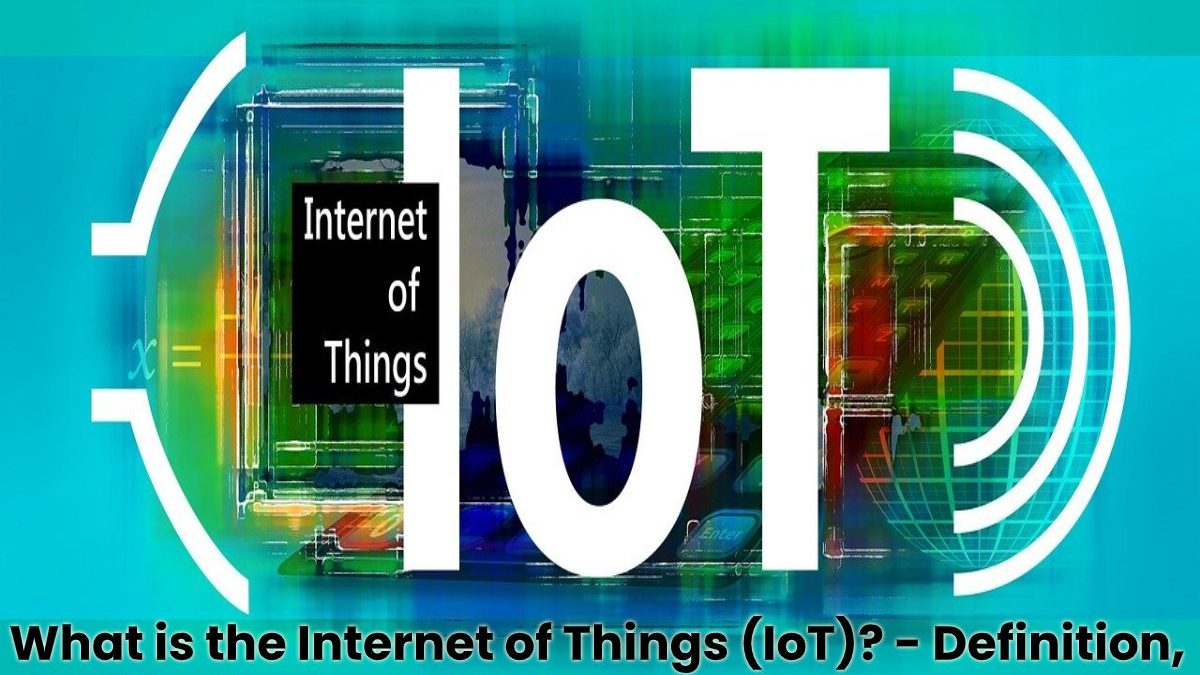Table of Contents
Internet of Things (IoT) Definition
The Internet of Things, commonly known as IoT. It is cutting-edge technology where the traditionally unconnected objects around us like lamps, machines, clothes, etc. whether physical or virtual, now can communicate with each other in real-time.
This network of objects allows the sharing of their data via a Cloud platform without human intervention. Thanks to the optimization of interactions between humans and machines and the multiplication of data flow. Connected objects offer the possibility of defining the precise needs of an individual. To provide him with a unique good or service.
Also Read: Top 5 Ways to Make Your WiFi Router More Secure
What are the possible applications of the IoT?
In a way comparable to the B2C revolution that the arrival of the Internet has engendered. The IoT is on the verge of completely revolutionizing in the first place the manufacturing, energy, transport. But also in many other sectors.
Did you know that in 70% of cases, companies invest in an IoT solution to improve their customer service?
- The needs mainly explain this figure that technology can cover for a product such as precise monitoring of use or the need for maintenance. Thus, connected objects help to guarantee the best experience throughout the product life cycle.
- In the aeronautics industry, large companies have recently collaborated to install sensor batteries in aircraft engines.
- These sensors aim to collect data that will allow a better evaluation of performance and ensure more predictability in the maintenance of the devices.
- Another recent example is that of the transport market leaders who launched passenger tires fitted with sensors.
- Sensors located in the tires measure their pressure and temperature in real-time, information immediately sent to the driver via an application.
- He can then adjust the pressure if necessary and no longer has to worry about the health of his tires himself. In this way, manufacturers become suppliers of maintenance services.
What about the use of IoT internally within companies?
- On the employee side, we tend to think of the drastic scenario where the IoT would impact the workforce, which would be gradually replaced by intelligent connected machines.
- A report from the World Economic Forum, on the other hand, points out that this technology would provide more flexibility for employees and would make workspaces more attractive to millennials.
- For example, in connected factories, machine interfaces are less rigid, allowing better remote control and the limitation of physical work. Leaving more room for collaboration between employees.
- It does not take into account the health and safety advantages offered by more precise control over factory equipment.
What future for the Internet of Things?
- If the concept appeared around the 2000s, the Internet of Things entered the business world in 2010.
- Currently, 12% of companies have invested in an IoT solution. And it is expected that many here in two to five years, this adoption rate will go up to 24%.
- The global impact of technology promises to be major since the market is expected to grow from the US $ 3.9 trillion to the US $ 11.9 trillion by 2025.
Also Read: What is Network Automation? – Definition, Types, Benefits and More

